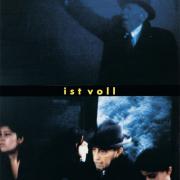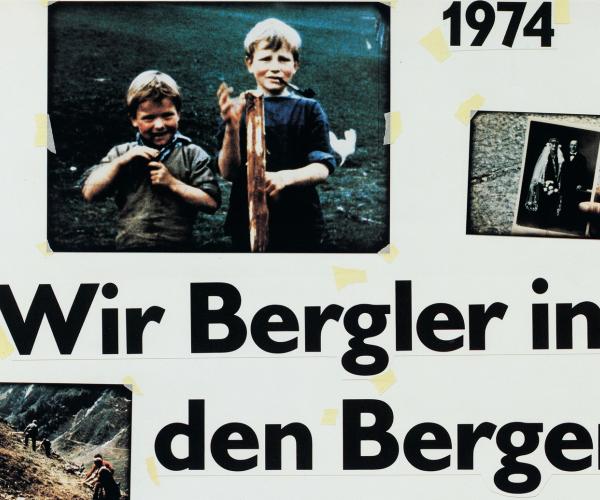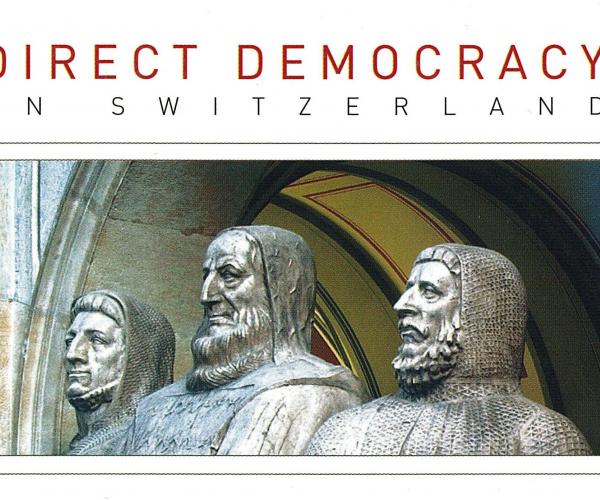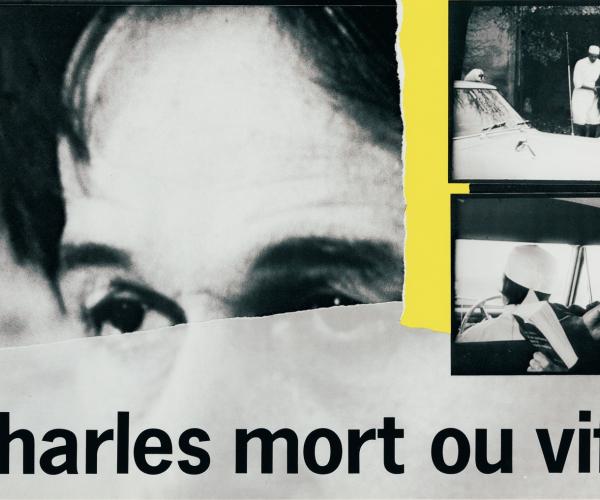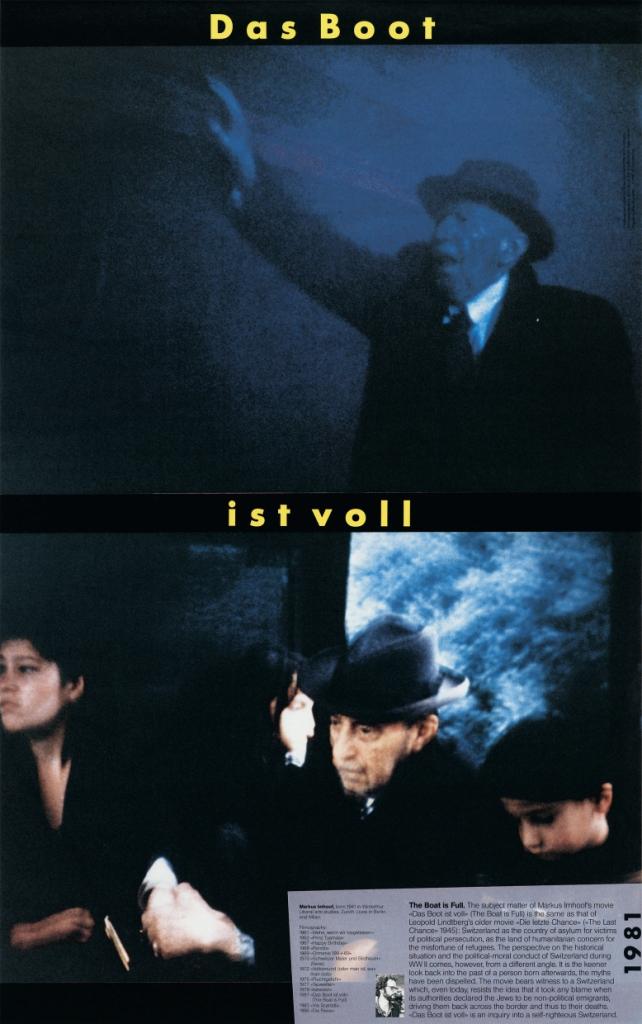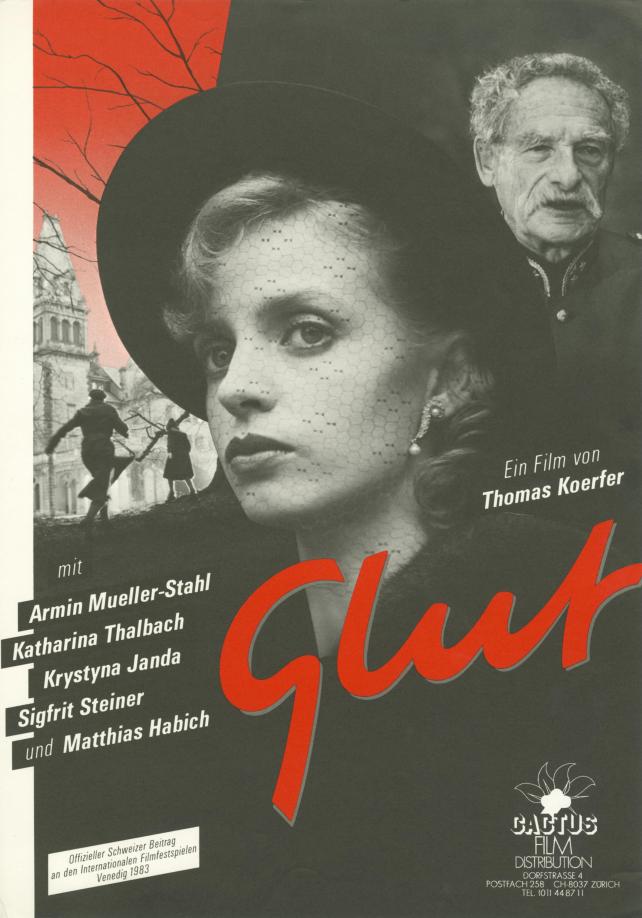Filmmakers and World War II
From the mid 1960s onwards, creative artists were actively involved in controversies about Switzerland’s role during World War II. In addition to numerous writers, many filmmakers confronted Switzerland’s unacknowledged past and dismantled the traditional image of neutral, humanitarian Switzerland united in resistance against totalitarianism. Their films were part of the broad debate on Switzerland’s recent history, which culminated in the 1990s with international controversy surrounding the dormant bank accounts.
It was “Die Erschiessung des Landesverräters Ernst S.,” a documentary produced in collaboration by Richard Dindo and the writer Niklaus Meienberg, which for the first time in 1976 confirmed the impact of cinema aiming at critical analysis. The film revealed the hypocrisy of authorities that collaborated with Nazi-Germany in many ways with total impunity while petty criminals were sent to trial. Outraged, the Federal Council refused to award the film a quality bonus and Federal Council Hans Hürlimann accused the filmmaker of manipulating his audience and falsifying the Swiss policy during the Second World War.
In the early 1980s, Markus Imhoof directed a feature film about one of the darkest chapters of Swiss asylum policy, the expulsion of thousands of Jewish refugees during World War II. Entitled “Das Boot ist voll,” the film broke with the myth of Swiss humanitarianism and explored the hidden xenophobia in Swiss Society.
In 1983, Thomas Koerfer’s film “Glut” tackled the subject of how the Swiss arms industry had delivered weapons to the Third Reich. Establishing a direct link with the present, his film exposed the close links between Swiss authorities and the arms industry. By the late 1960s the Swiss Film Weeks were the main instrument to promote Swiss films in other countries.
Thanks to Pro Helvetia’s intensified support for contemporary films, feature films about Switzerland during the Second World War became part of Switzerland’s image abroad. As a result, the diplomatic community and the Swiss abroad were concerned about the negative impact of “left wing” cinema.
In 1997, controversy erupted over Pro Helvetia’s project in the USA, in which films about the topic took centre stage. The event, launched at the height of international indignation about the dormant bank accounts, created uproar in Switzerland. (tk)
Bibliography
Bühler, Rahel : « Pro ou Contra Helvetia ? La Fondation pour la culture dans les médias suisses », in : Hauser, Claude ; Seger, Bruno ; Tanner, Jakob : Entre culture et politique. Pro Helvetia de 1939 à 2009, Zurich, NZZ Libro, Genève, Slatkine 2010, pp. 187-217.
Schaub, Martin : L’usage de la liberté : le nouveau cinéma suisse 1964-1984, L’Age d’Homme, Lausanne 1985
Pithon, Rémy : « Le mythe de la frontière dans le cinéma suisse (1930-1990) », in : Cinéma suisse: nouvelles approches. Histoire, esthétique, critique, thèmes, matériaux, Lausanne, Editions Payot 2000, pp. 235-243


